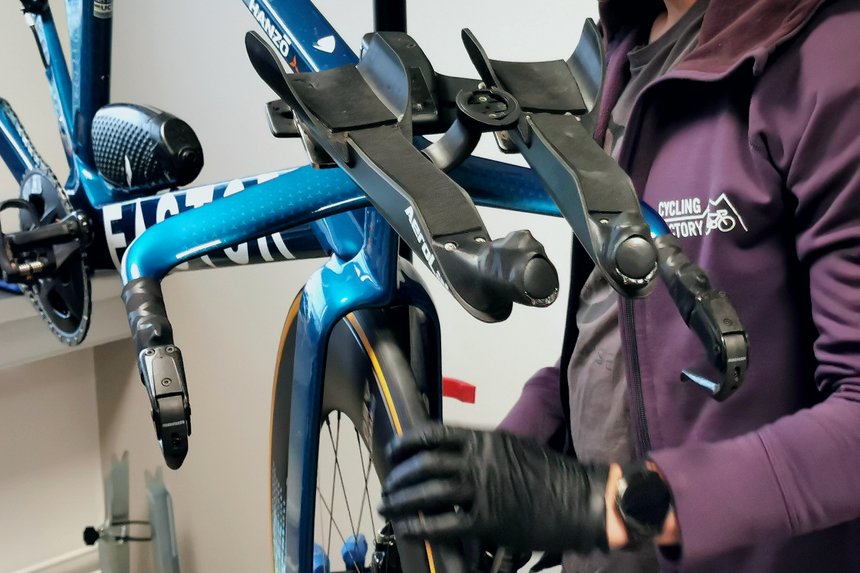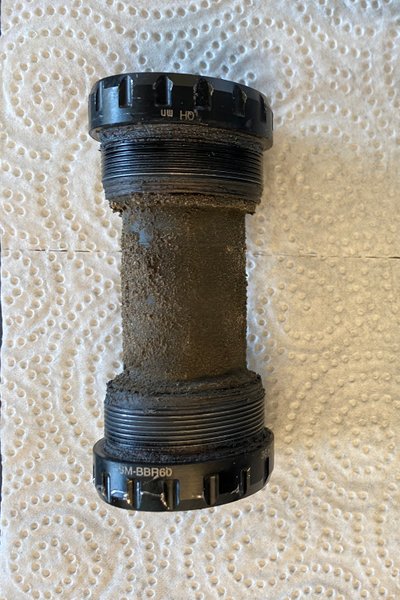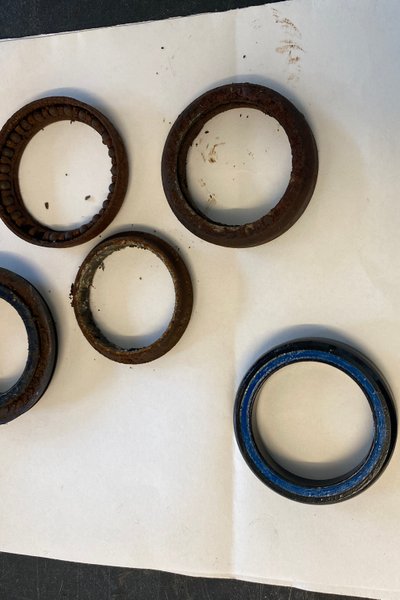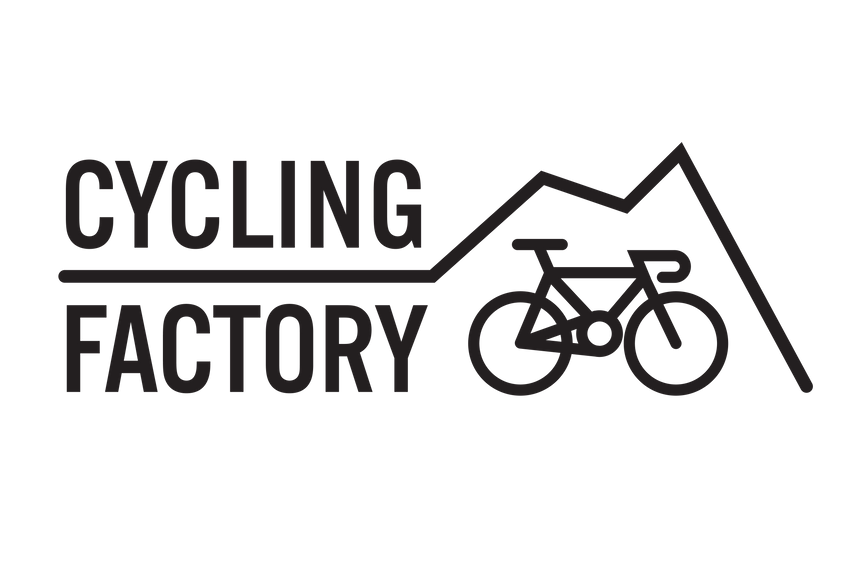A lot of times it's difficult to see potential hazards and issues, especially when it comes to bearings. This part of the bike is essential for your safety and also for good performance of your bike.
In this short blog Alex from Cycling Factory explains where on your bike you have bearings and how to check if they are worn.

Bottom Bracket Bearings
BB (Bottom bracket), these bearings sit in your frame, they may vary in size and standard, but the main purpose is always the same. You have an axle running through your bike, on each side you have your crank arms and on your crank arms you have your pedals. The axle is sitting tight on to the bearings, making it possible to pedal smoothly.
Signs of wear on your BB bearings could be:
Headset Bearings
These bearings normally always come in pairs. So you have the upper bearing (sitting closest to your handlebars and stem) and lower bearing (normally sitting where the fork meets the frame).
Things to look out for when inspecting these bearings are:



Final Thoughts
If you feel uncertain on how to inspect your bike or if you are experiencing any of the issues above, make sure to book your service :)
Book now with Cycling Factory and receive a 20 % discount on all our service packages*
*Only applies on labour, no discount on parts. Book before the end of May to receive your discount.
Wheel Bearings
These bearings can take a big hit if you ride all year around. Dust, sand, water, salt (if you're riding during winter) can damage your bearings. Washing your bike can also be a potential bearing destroyer if you're not careful and fail to thoroughly dry your wheels. A bearing that is not working properly can negatively impact on your bikes performance.
Some things you can do and to look out for when checking your wheel
bearings are:
You also have bearings in the body (the thing where the cassette sits),
they can also take a beating during the bike's life and need to be
checked once in a while.
Sometimes a proper cleaning and greasing can do miracles for your bearings!
If you would like any more information about positional coaching or any of our other services please get in touch.